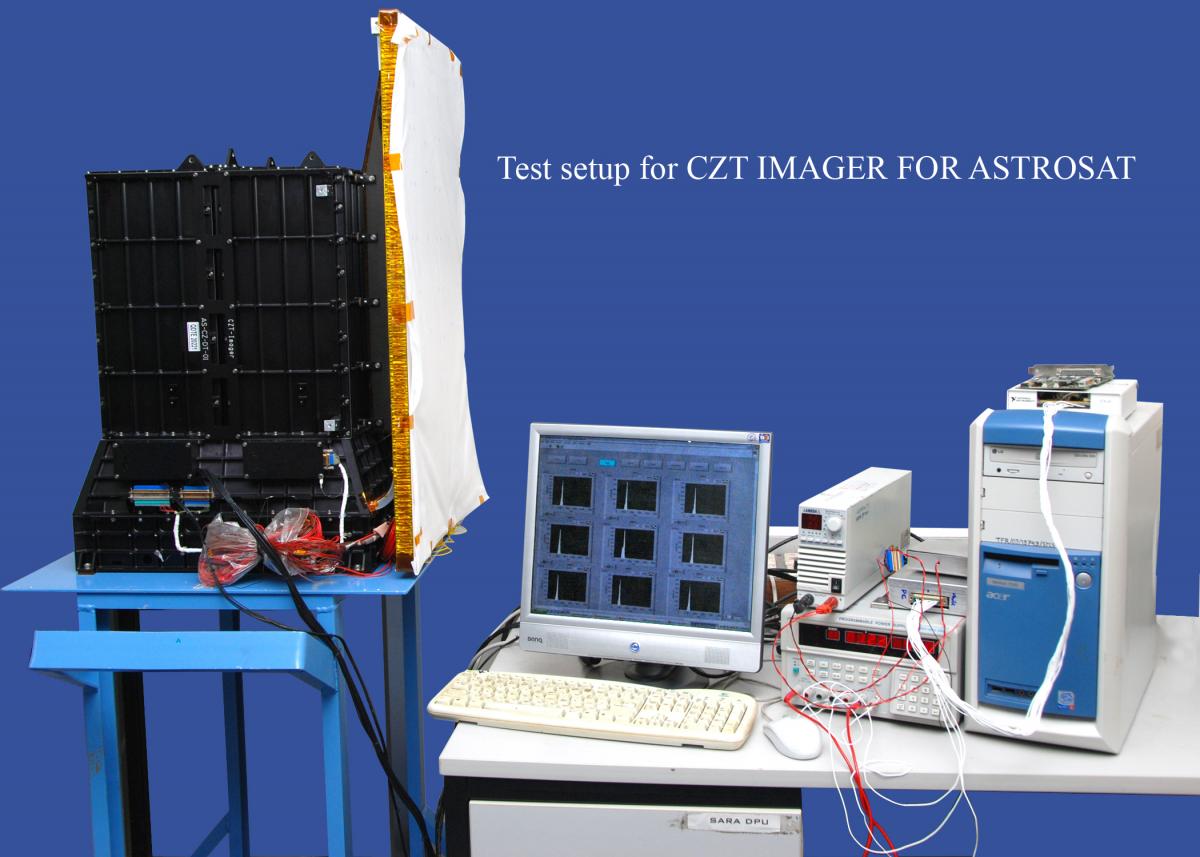- Joined
- Apr 29, 2015
- Messages
- 18,416
- Likes
- 56,946
For Compilation of India's Space Based Exploration Observatory.
As of now, I do know about three:
http://astrosat.iucaa.in/
As of now, I do know about three:
- X - Ray Polarimeter Experiment (XpoSat)
- Astronomical Satellite -1 (AstroSat -1)
- Astronomical Satellite - 2 (AstroSat -2)
http://astrosat.iucaa.in/

















